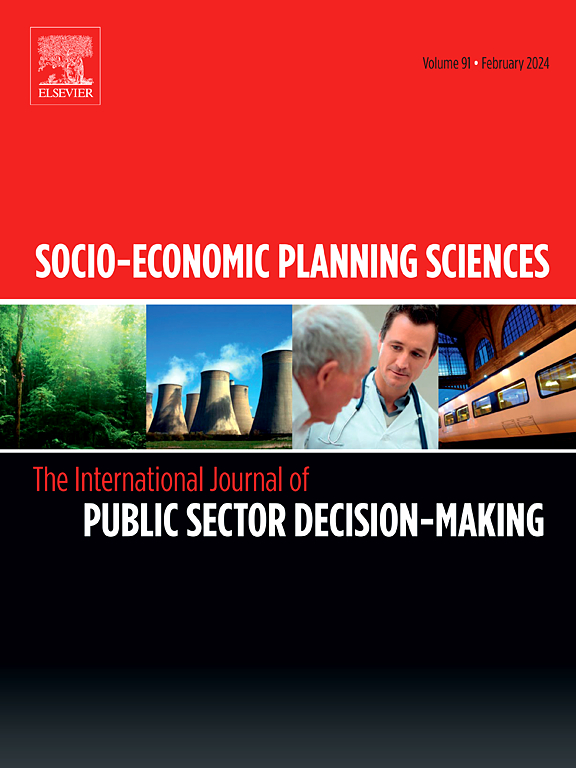From resources to capital: Investigating the efficiency of forest ecosystem products value realization in China
Abstract
Forest resources provide a good ecological environment for human beings and offer economic well-being and benefits. Value realization of ecosystem products reflects the process from resources to capital. This study investigates the two-stage value realization efficiency of China's forest ecosystem products from 2011 to 2021. A parallel nested network Data Envelopment Analysis model is applied to assess product supply and value transformation stages. In addition, the evolution of the spatial pattern is depicted by a multilayer Standard Deviational Ellipse. The results reveal that (1) the overall value realization trend of China's forest ecosystem products shows a fluctuating growth trend, with an average annual efficiency value of 0.86. (2) The efficiency level of the value transformation stage is lower than that of the product supply stage. (3) Regional disparities persist. The efficiency values in East China and South China are higher than that in other regions. (4) The value realization capacity of China's forest ecosystem products may be closely related to national development strategies and policy orientations.

 求助内容:
求助内容: 应助结果提醒方式:
应助结果提醒方式:


